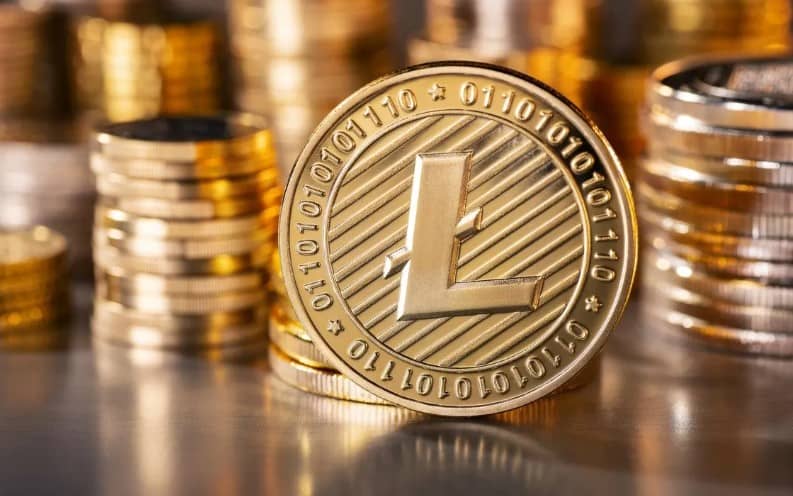
What Is Litecoin? How Does It Work?
Litecoin is a peer-to-peer cryptocurrency that was created in 2011 as a fork of Bitcoin. It was designed to address some of the limitations of Bitcoin and provide a faster and more efficient payment solution. Often referred to as “the silver to Bitcoin’s gold,” Litecoin operates on a decentralized network and utilizes blockchain technology.
Like Bitcoin, Litecoin operates without the need for intermediaries such as banks or governments. It enables users to send and receive payments quickly and securely across the globe. However, there are a few key differences that set Litecoin apart from Bitcoin.
One major distinction is the hashing algorithm used for mining. While Bitcoin uses the SHA-256 algorithm, Litecoin uses Scrypt. Scrypt allows for faster block generation times and encourages broader participation in the mining process.
Another key difference is the total supply. Bitcoin has a limited supply of 21 million coins, while Litecoin has a maximum supply of 84 million coins. This higher supply and faster block confirmation times (around 2.5 minutes compared to Bitcoin’s 10 minutes) make Litecoin more suitable for everyday transactions.
Litecoin also aims to foster widespread adoption and merchant acceptance by offering lower transaction fees compared to traditional payment methods and even Bitcoin.
Overall, Litecoin works by utilizing a decentralized network, blockchain technology, and a unique mining algorithm to facilitate secure and efficient peer-to-peer transactions. Its focus on speed, scalability, and lower transaction costs positions it as a popular alternative to Bitcoin for everyday transactions.
How Litecoin is Mined?
Litecoin mining is the process of validating transactions and adding them to the Litecoin blockchain. It involves solving complex mathematical puzzles using computational power. Miners compete with each other to solve these puzzles and are rewarded with newly minted Litecoins as an incentive for their participation in securing the network. Here’s an overview of how Litecoin mining works.
Proof-of-Work Algorithm: Litecoin uses a Proof-of-Work (PoW) algorithm called Scrypt. Scrypt is memory-hard, which means it requires a significant amount of memory to solve computational puzzles. This algorithm was specifically designed to deter the use of specialized mining hardware (ASICs) and promote a more decentralized mining ecosystem.
Mining Equipment: Litecoin mining can be done using consumer-grade hardware, such as CPUs (Central Processing Units) or GPUs (Graphics Processing Units). However, as the network has evolved, specialized mining hardware (ASICs) has also been developed to mine Litecoins more efficiently. ASICs offer higher hash rates and energy efficiency, giving them an advantage over traditional mining equipment.
Mining Process: The mining process begins with miners collecting transactions into blocks and verifying their validity. Miners compete to solve a cryptographic puzzle by finding a hash that meets certain criteria. This process involves repeatedly hashing the block’s data along with a randomly generated number (nonce) until a suitable hash is found.
Difficulty Adjustment: To maintain a consistent block generation time, the Litecoin network adjusts the mining difficulty every 2016 block (approximately every 3.5 days). The difficulty adjusts based on the total network hash rate, aiming to keep the average block time around 2.5 minutes.
Block Reward: When a miner successfully solves the cryptographic puzzle, they create a new block and add it to the Litecoin blockchain. As a reward, the miner receives a certain amount of Litecoins. Initially, the block reward was 50 Litecoins per block. However, this reward is halved approximately every four years through a process known as “halving.” The most recent halving occurred in August 2019, reducing the block reward to 12.5 Litecoins per block.
Transaction Fees: In addition to the block reward, miners also earn transaction fees associated with the transactions included in the blocks they mine. Users voluntarily attach transaction fees to incentivize miners to prioritize their transactions. Transaction fees act as an additional reward for miners and help to secure the network in the long term, especially as the block reward decreases over time.
Mining Pools: Due to the increased difficulty of mining Litecoins and the specialized hardware requirements, many miners join mining pools. Mining pools are groups of miners who collaborate and combine their computing power to increase their chances of successfully mining blocks. When a pool successfully mines a block, the rewards are distributed among its members based on their contribution.
Litecoin mining plays a vital role in securing the network, validating transactions, and maintaining the integrity of the blockchain. It requires computational power, specialized hardware, and energy resources. As the network grows, mining Litecoins becomes increasingly competitive, requiring more powerful hardware or joining mining pools for better chances of earning rewards.
How Litecoin Halves?
Litecoin, like Bitcoin, undergoes a process called halving, which is a pre-programmed event that reduces the block reward received by miners. Halving events occur at specific block heights and aim to control the issuance of new coins, promote scarcity, and maintain a predictable supply schedule. Here’s a detailed explanation of how Litecoin halving works:
Block Reward and Halving Cycle: In the early stages of Litecoin, the block reward was set at 50 Litecoins per block. However, to limit the total supply of Litecoins and mimic the scarcity of precious metals, Litecoin follows a halving cycle. The initial halving occurred on August 25, 2015, when the block reward was reduced from 50 to 25 Litecoins per block. Since then, Litecoin has undergone two more halving events.
Block Height: Halving events are determined by block heights, which represent the number of blocks added to the Litecoin blockchain. Each block height corresponds to a specific point in time. For example, the first halving occurred at a block height of 840,000, the second at 1,680,000, and the third at 2,520,000. The block height for future halvings can be calculated by multiplying the halving cycle (840,000 blocks) by the number of halvings that have already occurred.
Halving Schedule: The halving schedule for Litecoin is based on a geometric progression, where the block reward is divided by two every 840,000 blocks (approximately every four years). This means that the block reward is halved after each halving event. The current block reward is 12.5 Litecoins per block, following the most recent halving event in August 2019.
Effects on Miners: Halving events significantly impact miners’ rewards. Before a halving, miners receive a certain number of Litecoins for each block they successfully mine. However, after the halving, the block reward is reduced by half. This reduction in the block reward affects miners’ profitability, as they receive fewer Litecoins for their mining efforts. Miners must adapt by improving their efficiency, upgrading their hardware, or adjusting their operational costs to remain profitable.
Scarcity and Inflation: The purpose of halving events is to control the issuance of new coins and promote scarcity. By reducing the block reward, the rate at which new Litecoins are created decreases over time. This gradual reduction in new supply helps maintain a predictable and controlled inflation rate. As the supply decreases and demand remains constant or increases, the scarcity of Litecoins may lead to potential price appreciation.
Market Impact: Halving events often generate significant attention and anticipation in the cryptocurrency community. The reduced block reward and potential supply shock can impact market dynamics, including supply and demand dynamics and price movements. However, the exact market impact is difficult to predict, as it depends on various factors, including market sentiment, adoption, and external influences.
Long-Term Implications: The halving schedule ensures that the total supply of Litecoins will reach a maximum of 84 million coins, four times the supply of Bitcoin. This limited supply combined with growing demand and utility can potentially contribute to the long-term value proposition of Litecoin.
In summary, Litecoin halving events occur at specific block heights and reduce the block reward received by miners. These events control the issuance of new coins, promote scarcity, and maintain a predictable supply schedule. Halvings have significant implications for miners, scarcity, inflation, and potential market dynamics. By gradually reducing the block reward, Litecoin aims to create a controlled and valuable digital asset.
Should You Buy Litecoin?
The decision to buy Litecoin or any other cryptocurrency is a personal one that should be based on careful consideration of various factors. While Litecoin has its merits, it’s important to evaluate its characteristics, and potential risks, and align your investment goals and risk tolerance. Here are some points to consider when deciding whether to buy Litecoin:
Established History: Litecoin has been around since 2011 and is one of the earliest cryptocurrencies. It has a solid track record and has maintained its position as one of the top cryptocurrencies by market capitalization. Its longevity and reputation can provide some level of confidence for investors.
Similarities to Bitcoin: Litecoin is often referred to as “the silver to Bitcoin’s gold” due to its similarities to Bitcoin. It shares many technological aspects with Bitcoin and benefits from its brand recognition and established infrastructure. If you believe in the long-term potential of cryptocurrencies like Bitcoin, Litecoin may be seen as a complementary investment.
Differentiated Features: Litecoin offers some features that distinguish it from Bitcoin. It has faster block generation times (approximately 2.5 minutes compared to Bitcoin’s 10 minutes), which allows for quicker confirmation of transactions. Additionally, Litecoin uses a different hashing algorithm called Scrypt, which aims to discourage the use of specialized mining hardware (ASICs) and promote a more decentralized mining ecosystem.
Use Cases and Adoption: Consider the current and potential use cases for Litecoin. While Bitcoin is widely regarded as a store of value, Litecoin has been positioned as a faster and more efficient payment solution. Evaluate the adoption of Litecoin in real-world applications, merchant acceptance, and integration with payment processors. The extent to which Litecoin is utilized can impact its long-term value.
Market Volatility: Cryptocurrencies, including Litecoin, are known for their volatility. Prices can experience significant fluctuations within short periods. Understand that investing in Litecoin involves exposure to price volatility and the potential for substantial gains or losses. Consider your risk tolerance and financial circumstances before investing in a volatile asset.
Market Competition: Litecoin operates in a competitive market, with numerous other cryptocurrencies vying for attention and market share. Consider the landscape and assess Litecoin’s competitive position. Look at factors such as its unique value proposition, technological advancements, partnerships, and community support.
Regulatory and Security Risks: The cryptocurrency market is subject to regulatory changes and security risks. Stay informed about developments in the regulatory environment and consider the potential impact on Litecoin. Additionally, be aware of security risks associated with holding and trading cryptocurrencies. Implement robust security measures to protect your investments.
Diversification: Diversification is a fundamental principle of investing. Consider Litecoin as part of a diversified investment portfolio that includes various asset classes. Spreading your investments across different cryptocurrencies, stocks, bonds, and other assets can help mitigate risk.
Conduct Due Diligence: Before buying Litecoin, conduct thorough research. Explore reliable sources of information, read whitepapers, and analyze the project’s team, partnerships, and roadmap. Evaluate the technology, scalability, and potential for future growth. Engage with the community to gain insights and different perspectives.
Seek Professional Advice: If you’re uncertain about investing in Litecoin or cryptocurrencies in general, it may be helpful to consult with a financial advisor who has expertise in the cryptocurrency space. They can provide personalized advice based on your specific financial situation and goals.
Remember, investing in cryptocurrencies carries inherent risks, and past performance is not indicative of future results. It’s important to make informed decisions based on your own research, risk tolerance, and investment objectives. Only invest what you can afford to lose, and be prepared for potential volatility and market fluctuations.
Related Posts
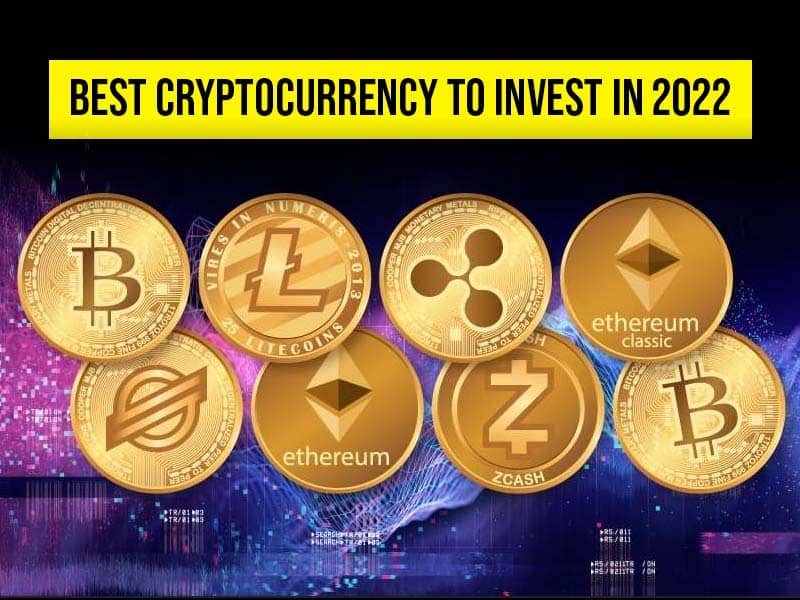
Best Cryptocurrency to invest in 2022admin . July 5, 2022

Exciting Opportunities: New Upcoming IPO in India 2024 – Investadmin . November 20, 2023

10 Blockchain Companies Based Out Of Indiaadmin . January 28, 2022
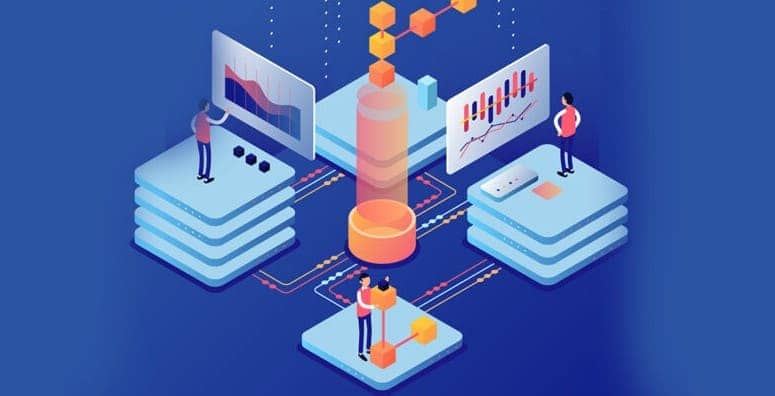
Top 10 Best Blocktech Companies in India 2024admin . November 28, 2023
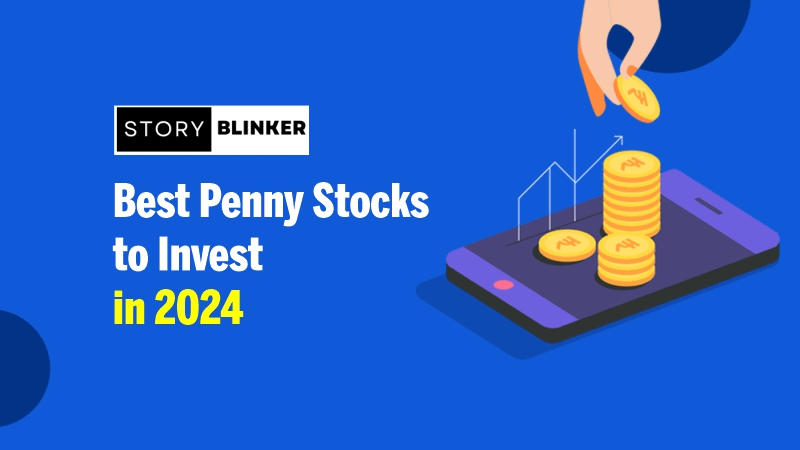
Top 10 best penny stocks to invest in 2024admin . November 22, 2023
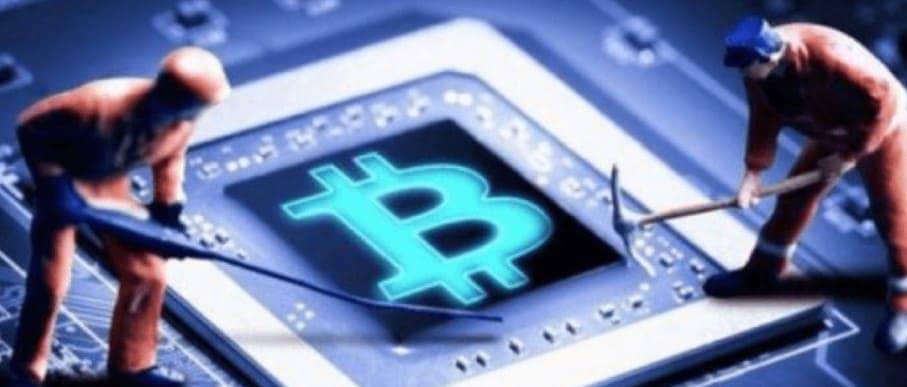
The World of Free Crypto Mining Apps for Androidadmin . October 5, 2023

Discover Upcoming IPOs in Canada 2024 | Latest Listings andadmin . February 13, 2024

Top Choices for Home Loans in Indiaadmin . May 24, 2022

Top 20 Plans and Investment Tips to Secure Retirement Plansadmin . August 8, 2023
Latest Posts

Exploring the Best Cash Advance Apps of 2024 April 8, 2024
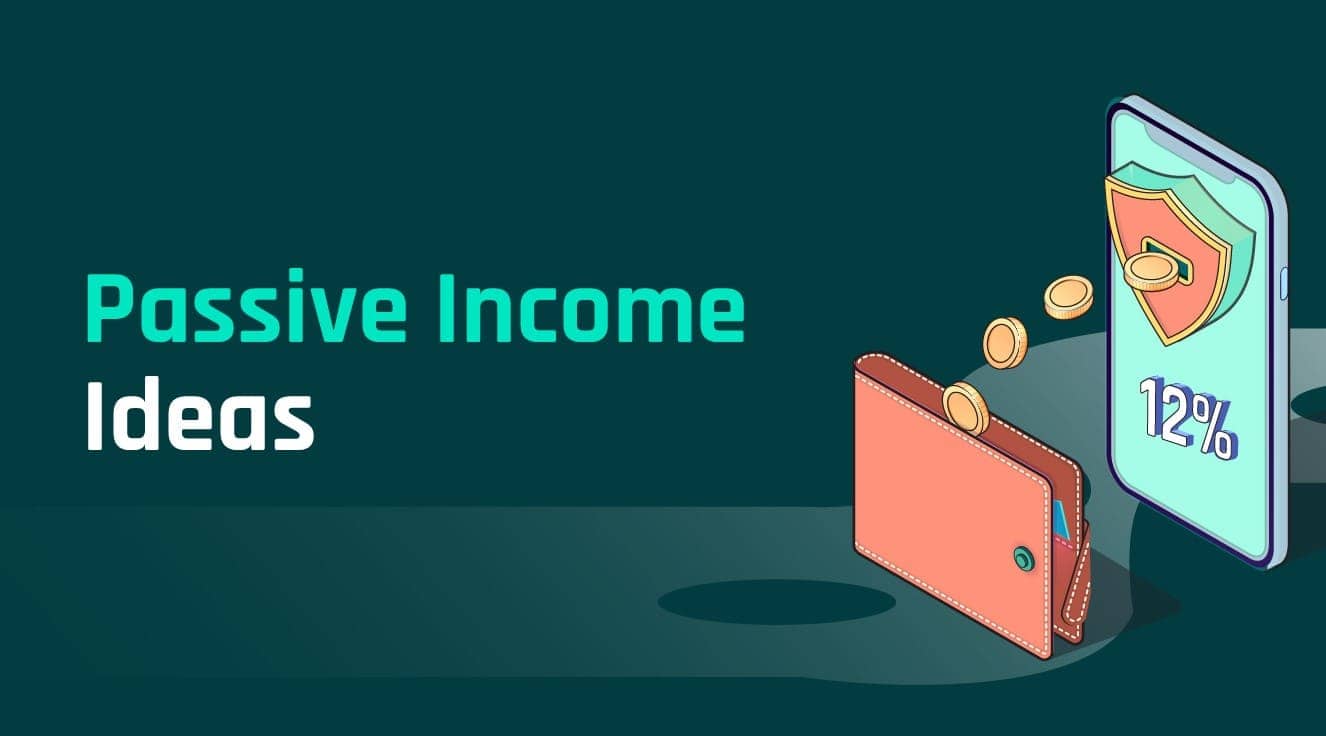
Top 34 Passive Income Ideas in 2024 March 19, 2024
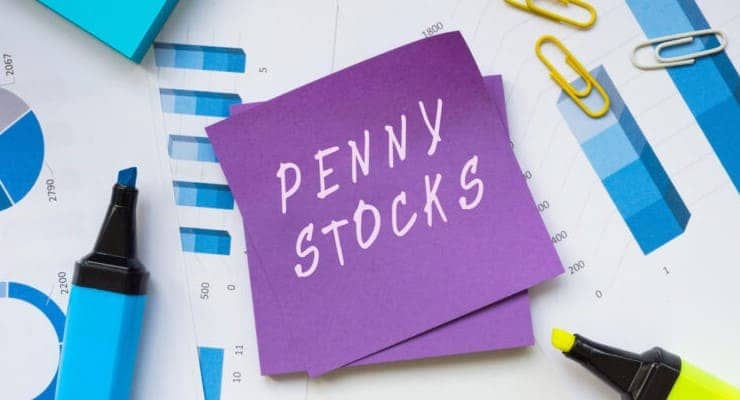
Top 10 Penny Stocks to Buy Canada 2024 February 23, 2024

Best Canadian Artificial intelligence stocks under $1 2024 February 23, 2024

Top Artificial Intelligence Stocks Canada 2024 February 20, 2024

